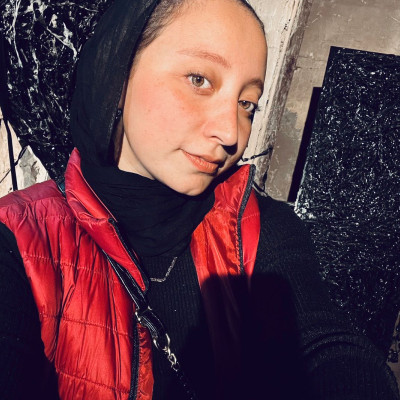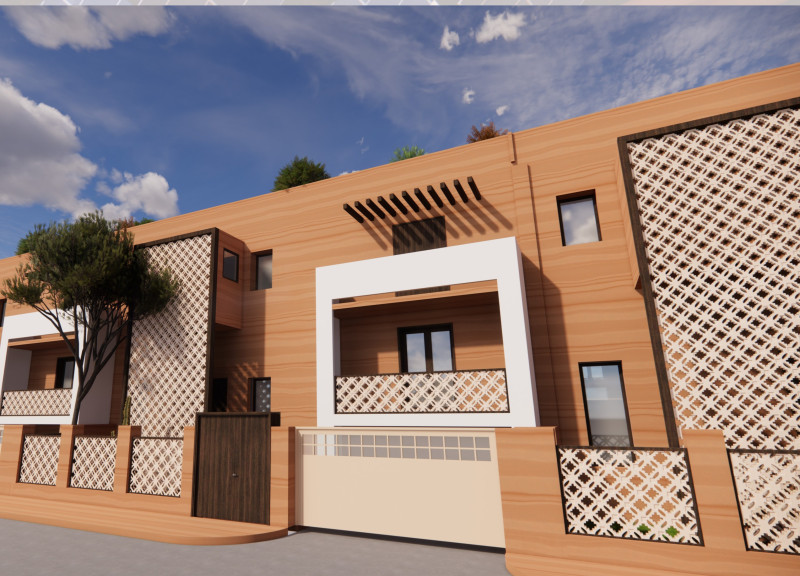5 key facts about this project
At its core, the project serves as a multifunctional space, catering to various community needs while fostering social interaction. This versatility is achieved through careful planning and zoning, allowing for distinct areas designated for different functions, such as communal gathering, individual reflection, and active collaboration. Each segment is designed to facilitate a specific activity, driving the overall synergy within the architectural framework. The flow between these spaces is seamless, promoting a sense of engagement and accessibility among users.
The design showcases a variety of materials that contribute to both aesthetic appeal and functional performance. Key materials include reinforced concrete for structural integrity, tempered glass for transparency and natural light exposure, and locally sourced stone to ground the building in its environment. These choices not only serve practical purposes but also convey a visual narrative about the locality, reflecting a commitment to using materials that resonate with the region’s character.
Unique to this project is its emphasis on natural light and ventilation, achieved through strategically placed windows and open spaces that invite the outside in. The architecture employs a series of skylights and large openings that minimize artificial lighting needs during daytime hours. This design element not only enhances energy efficiency but also creates a dynamic, ever-changing interior atmosphere as light interacts with various surfaces throughout the day.
Landscape integration is another critical aspect of the project, with exterior spaces designed to complement the building. The surrounding greenery interacts playfully with architectural forms, blurring the lines between inside and outside. Pathways meander through the site, encouraging exploration and movement, while green roofs contribute to biodiversity and manage stormwater runoff effectively. The project's landscaping is intentional, serving both ecological functions and recreational opportunities for visitors.
Another notable approach in the design is the incorporation of technology to enhance user experience. Smart building systems are integrated to monitor and manage energy consumption, ensuring a sustainable lifecycle for the structure. This fusion of technology and architecture enables responsiveness to user needs while emphasizing the project’s overall environmental ethos.
Overall, this architectural endeavor encapsulates a cohesive vision that embraces modernity while respecting traditional craftsmanship. The project invites users to engage with their surroundings actively, fostering a sense of community and belonging. By reflecting on the relationship between architecture and the environment, this design exemplifies best practices in sustainability, functionality, and aesthetic integration.
Prospective readers are encouraged to delve deeper into the project details, including architectural plans and sections that illustrate the meticulous thought process behind the design choices. Further exploration of the architectural designs and ideas that shaped this project will provide invaluable insights into contemporary practices in architecture. In embracing these elements, one can better appreciate the nuances that make this project a relevant case study in the field of modern architectural design.


 Mohammad Ali Ahmed Abousamra,
Mohammad Ali Ahmed Abousamra,  Haidy Nasser,
Haidy Nasser,  Sara Hossam Ali Mahmoud Khidr
Sara Hossam Ali Mahmoud Khidr 























